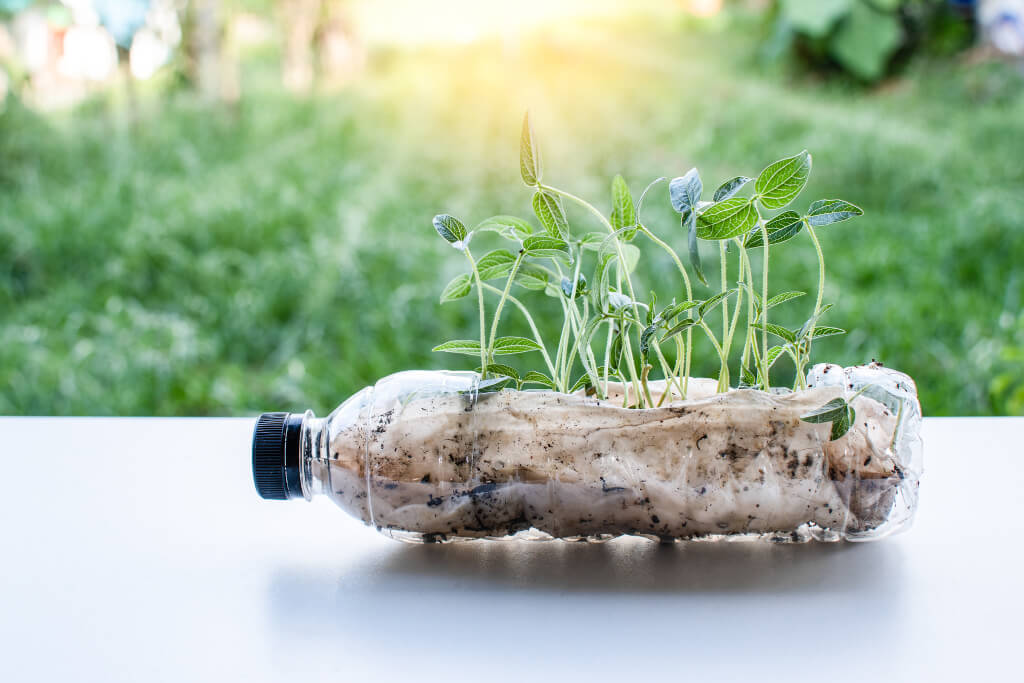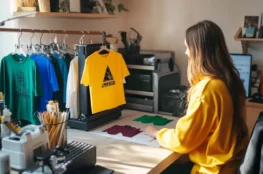Have you ever paused to consider where the energy that powers your home, your office, and the street lights comes from? Today, we dive deep into an energy source that’s sparked debate for decades—nuclear power. This isn’t a story of a sci-fi movie, but rather one that impacts you and your environment every day.
Nuclear energy is a force to be reckoned with, powering up to 20% of the world’s energy! Behind the buzzwords of Chernobyl and Fukushima lies the fact that nuclear power is among the safest and cleanest energy sources we’ve got. What if we told you that this form of energy, which might sound intimidating, actually ranks last in deaths per kilowatt-hour? Yes, even behind your beloved solar and wind power!
It’s easy to envision a brighter, cleaner future with nuclear power. One where you and your family can rely on an energy source that doesn’t emit greenhouse gases. But, as with all good things, there’s a catch – radioactive waste.
Here’s the thing, every year, our reliance on nuclear energy results in 2,300 metric tons of waste being added to our environment. Think of it this way: that’s like piling up thousands of cars worth of toxic waste annually. And here’s the tricky part: this waste can remain radioactive and dangerous for thousands of years!
Now, before you let anxiety set in, let’s address the golden question on your mind: “How are we dealing with this waste?”
The answer is deep geological disposal. Imagine the earth, with all its layers, acting as a protective mother, cradling this waste in its depths. Countries like Finland and Sweden are leading the charge with state-of-the-art facilities, ensuring the waste is safely tucked away from our environment. These repositories are equipped with multiple barriers, ensuring that even if one fails, there are others to back it up. It’s like the ultimate security system for our planet, guarding against potential radioactive threats.
But what about future generations? How do we ensure your great-great-grandchildren don’t stumble upon this hidden trove of waste? That’s a challenge experts are still grappling with. Some say “Let’s wipe them off our memory,” while others believe in leaving behind warnings. Imagine, millennia from now, an engraved stone standing tall, cautioning future humans of what lies beneath.
While deep geological repositories sound promising, it hasn’t been a smooth ride. Opposition from local communities and political challenges have caused disruptions in projects. Yet, the quest for the perfect solution continues, with innovations like transmutation, which seeks to reduce radioactivity in waste.
In conclusion, as you flick that switch in your home, remember that there are countless minds working tirelessly to ensure that the energy you use today doesn’t compromise the safety of your tomorrow. The nuclear debate is intricate and ever-evolving. But what’s certain is that as long as nuclear energy powers your world, the commitment to safeguarding our planet remains unwavering.
Stay informed and stay engaged. The future of nuclear waste management is a story that impacts us all, and you play a pivotal role in shaping its narrative.




